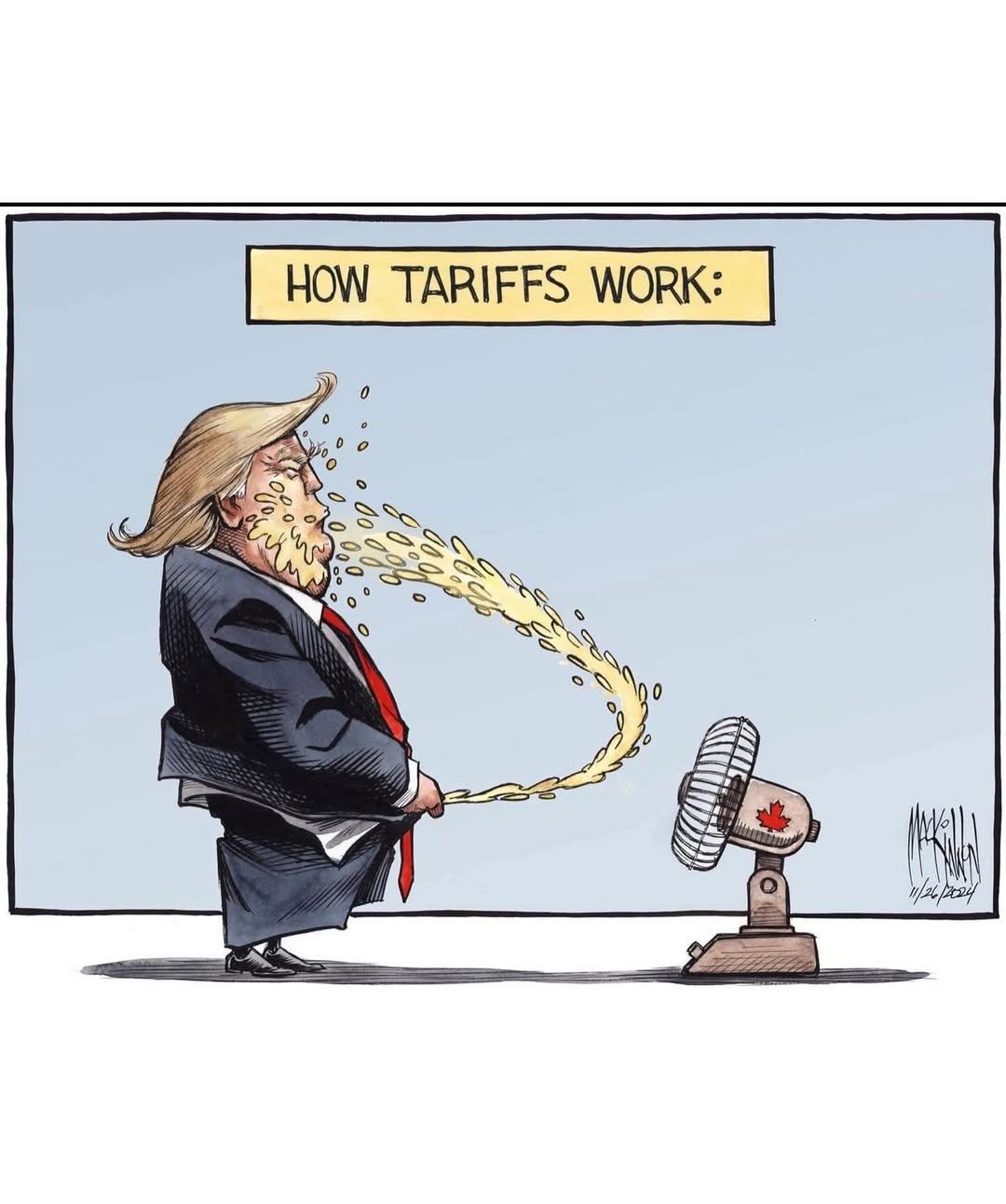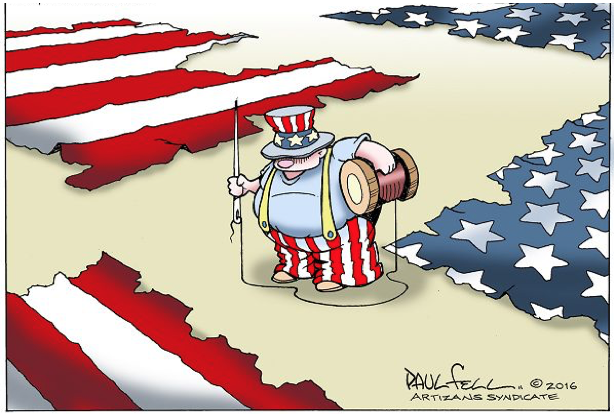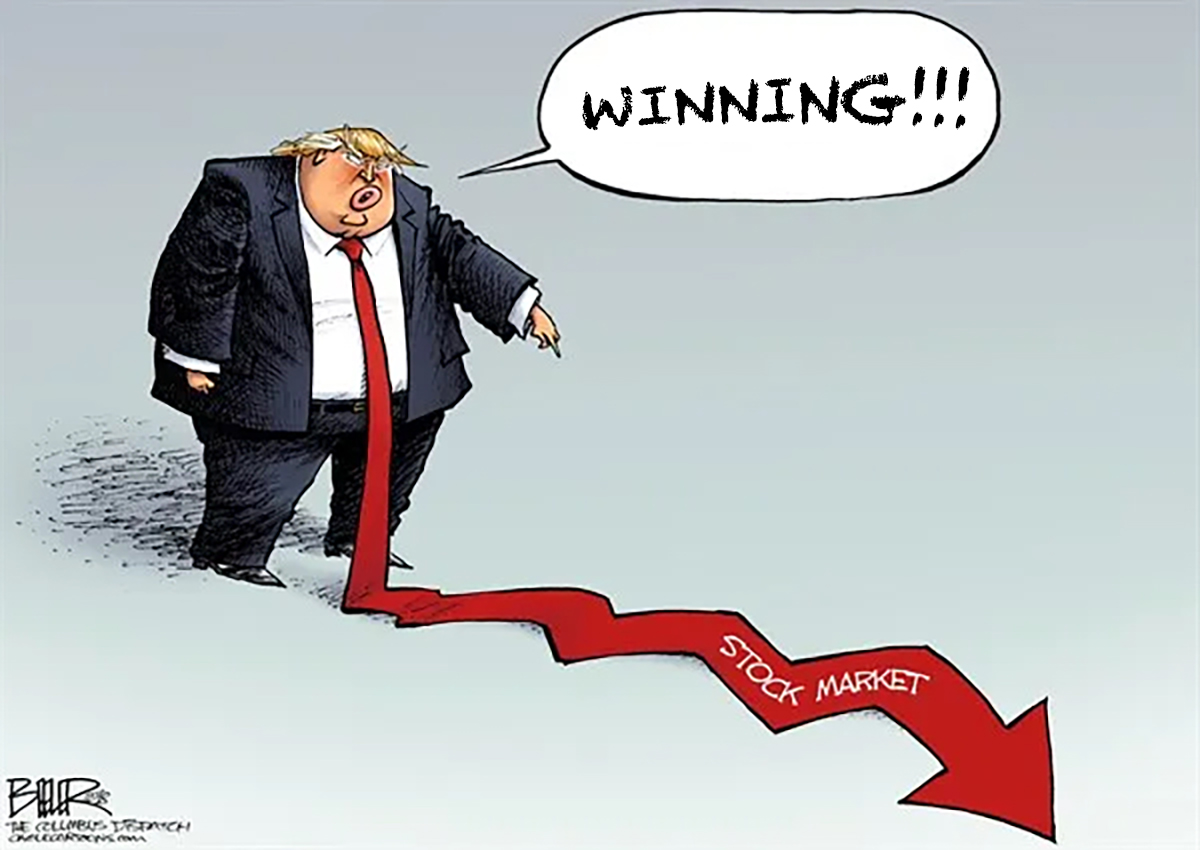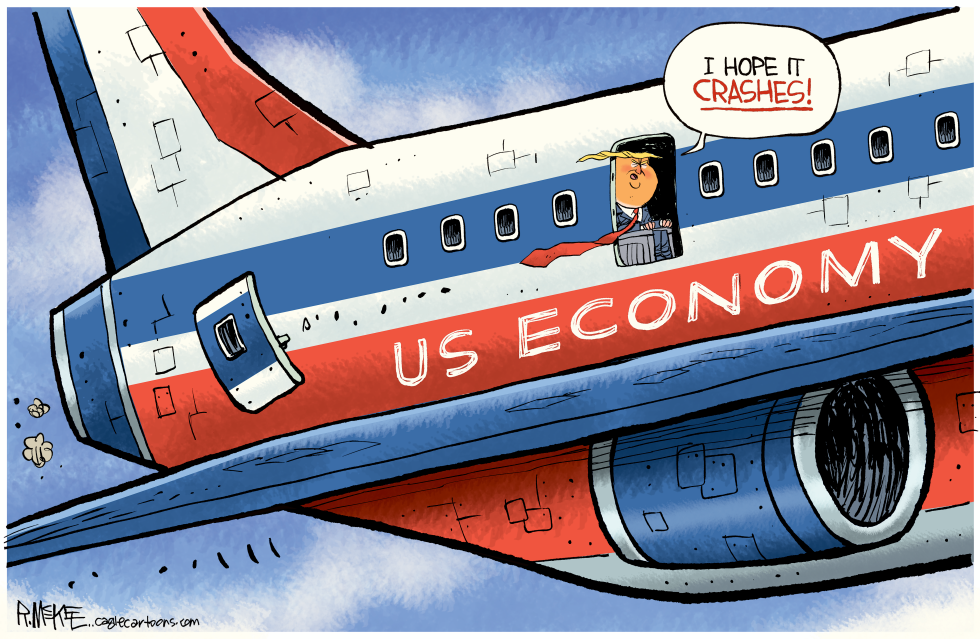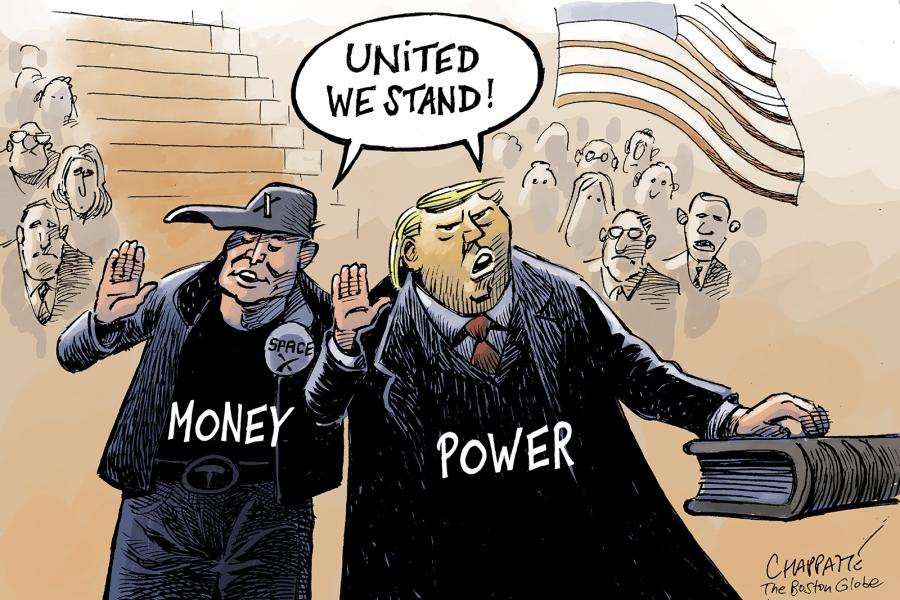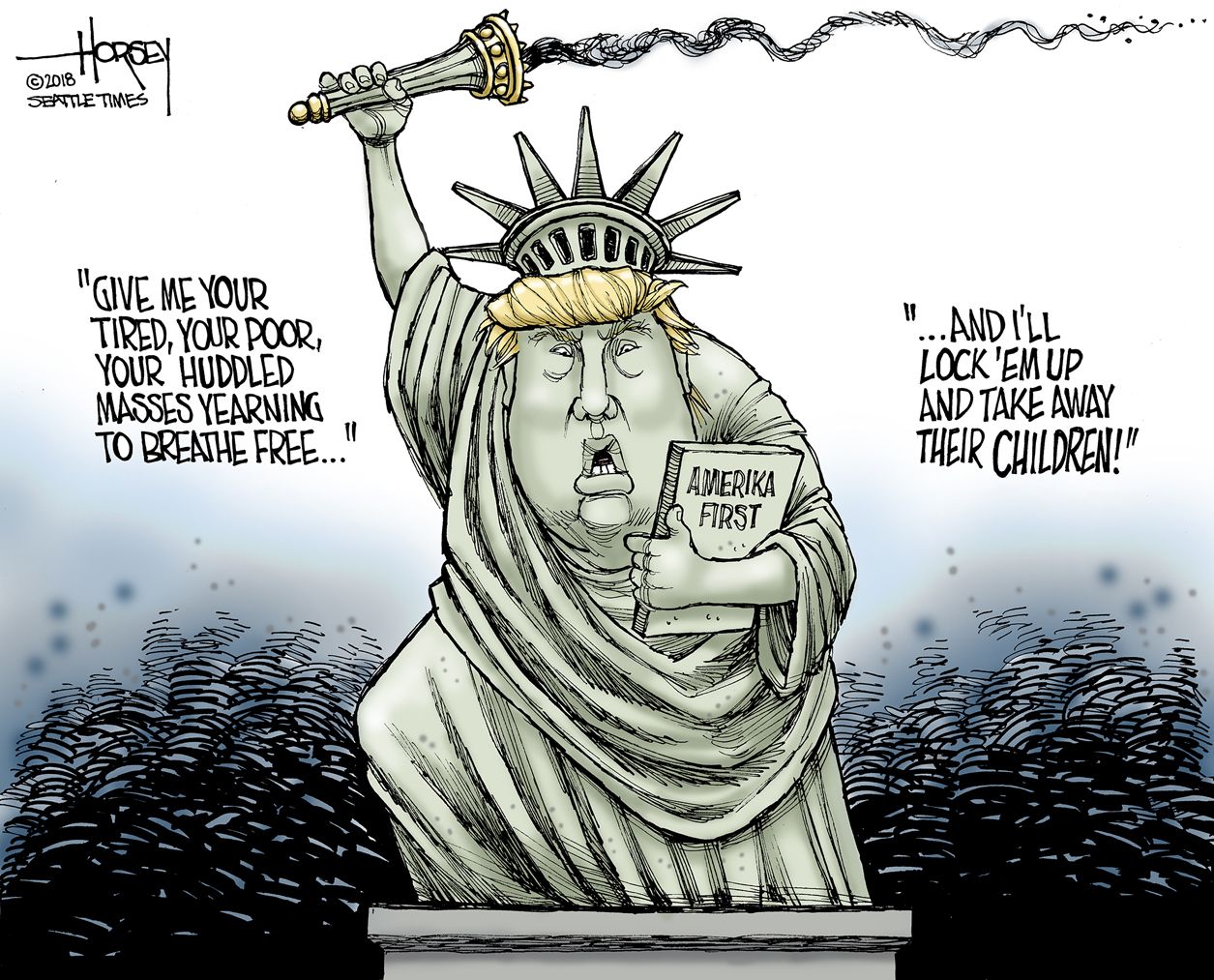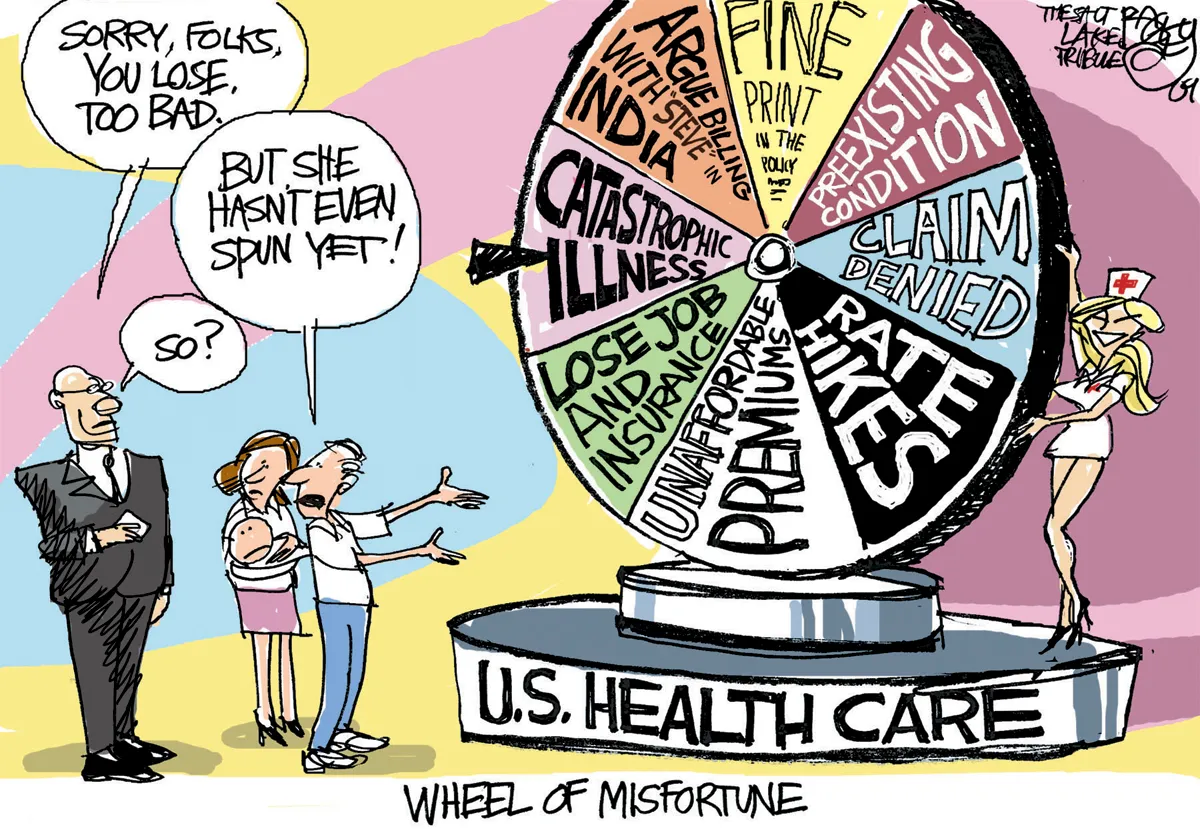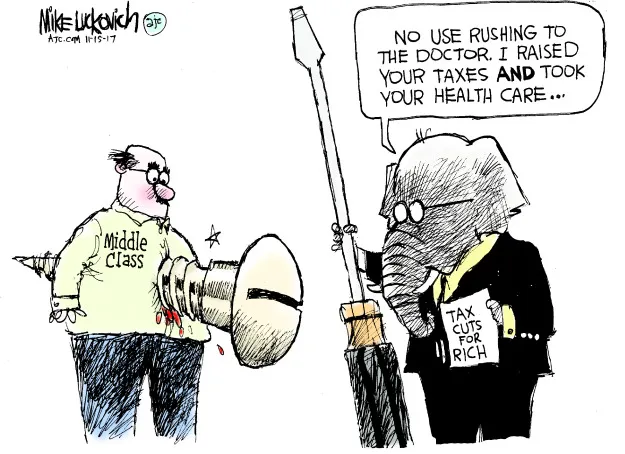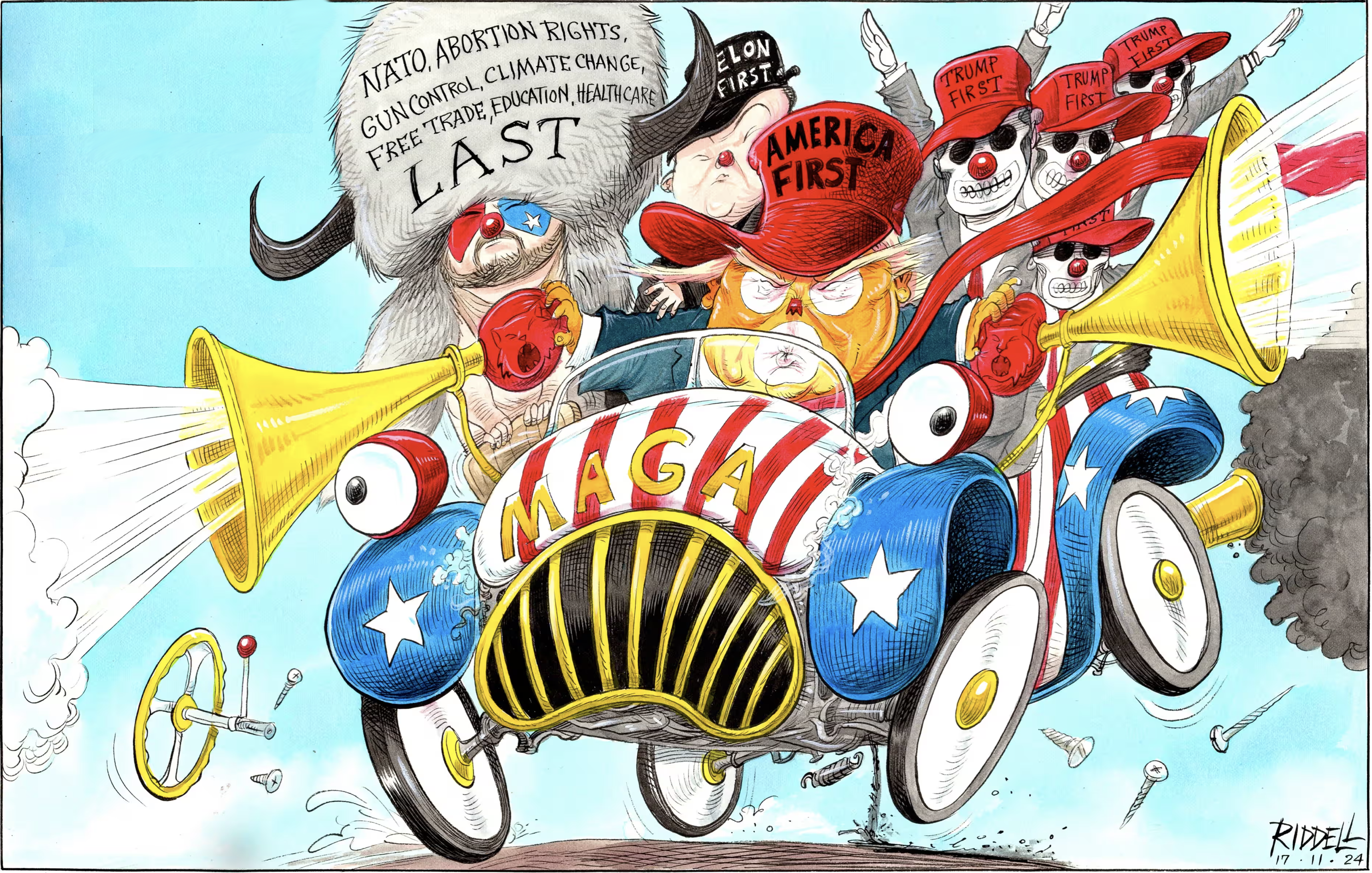Tariffs sound great if you say them fast enough. Protect American jobs! Punish foreign cheaters! Bring back factories! Make America great again! It’s the kind of thing that looks terrific on a bumper sticker and terrible on your grocery receipt.
Here’s how tariffs actually work: they’re TAXES. Not on foreign governments. Not on multinational corporations. But on you, the consumer. You want to buy a TV, a car, a refrigerator, or maybe some diapers made overseas? Boom — extra cost, courtesy of Trump’s “Big Beautiful” tariffs. It’s like someone slashing your tires, then charging you for the tow truck while claiming they’re protecting your freedom.
Now, in theory, tariffs are supposed to protect domestic industries. They raise the price of imported goods, so American-made stuff becomes more competitive. Sounds reasonable, right? Well, in theory, I’m also supposed to eat kale and do yoga every morning. In reality, things are a little messier.
Here’s the dirty truth: the factories those tariffs are supposed to protect? They’re gone. Packed up, shipped out, and rebuilt in countries where labor is cheap, unions are banned, and environmental protections are a myth. Tariffs won’t bring those jobs back — not because we don’t want them, but because the companies that moved them overseas have no intention of returning. Why pay an American worker a living wage when you can pay someone a few dollars a day with no health care, no pension, and no regulations about dumping chemicals in the river?
And who helped set that up? Surprise — both parties.
Yes, Republicans have long worshipped at the altar of “free markets,” but let’s not forget it was Bill Clinton, the self-declared “New Democrat,” who signed NAFTA and sold it like it was the next moon landing. We were told it would open markets, lift everyone up, and lead to global prosperity. What it actually did was crater entire towns in the Rust Belt and devastate small farmers in Mexico, who suddenly had to compete with subsidized corn from Iowa. You want to talk about immigration? NAFTA created an economic refugee crisis before anyone was even using the term.
Meanwhile, large multinational corporations got fat, happy, and tax-sheltered while local communities — here and abroad — were hollowed out like pumpkins on Halloween.
Now in 2025, Donald J. Trump has returned to the Oval Office with another round of brilliant economic wizardry: massive new tariffs on China, the EU, Mexico, and basically anyone who doesn’t serve fries with a side of nationalism. These tariffs were billed as a way to “protect American workers” and “stick it to foreign adversaries.”
What’s actually happening? You guessed it: prices are up, wages are stagnant, and the stock market is falling faster than you can grab your ankles! American farmers can’t export their crops, retailers can’t afford inventory, and manufacturing is still not coming back. Oh, and our allies? They’re slapping retaliatory tariffs on our products like it’s a game of economic dodgeball and we’re losing badly.
And who pays the price? Not the CEOs. Not the politicians. It’s working-class people — the same people Trump promised to fight for. The irony is painful. It’s like watching someone set their house on fire to stay warm.
But here’s the kicker: this isn’t just an American problem. When the U.S. starts a tariff war, the ripple effect slams into low-wage workers across the globe. Factories in Vietnam lay off workers. Small exporters in Mexico can’t sell their goods. Families everywhere lose their economic foothold. So much for “America First” — this is more like Everyone Last, except for the ultra-rich who keep cashing in no matter who’s bleeding.
Tariffs are great politics — they sound tough, they feel patriotic, and they give the illusion of control in a chaotic world. But they don’t fix the root problems. They don’t rebuild lost industries, reverse decades of outsourcing, or re-invest in communities that have been left behind by automation, greed, and a bipartisan obsession with corporate profit over public good.
If you want to help working people, don’t slap a tax on their shoes. Raise wages. Invest in infrastructure. Enforce labor standards. Stop subsidizing the companies that offshore jobs and stash profits in tax havens. That would actually work.
But that’s complicated. Tariffs are easy. Which is why we keep getting more of them — even as everything gets worse, and Trump is smiling like he just pulled off the greatest deal in history — while the rest of us foot the bill.
